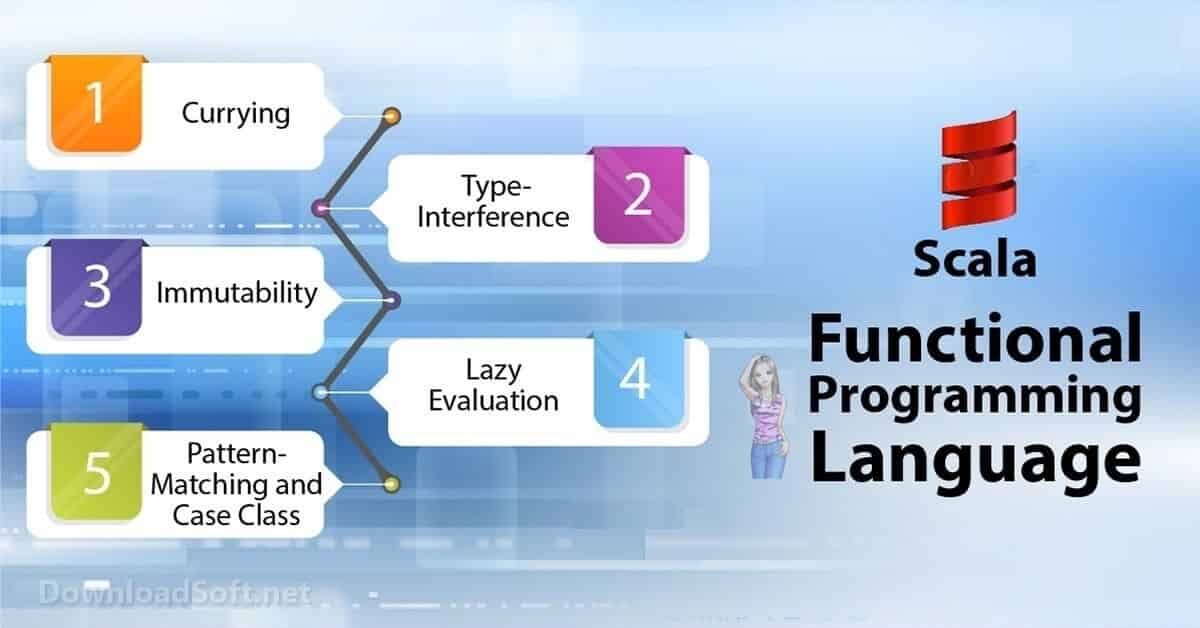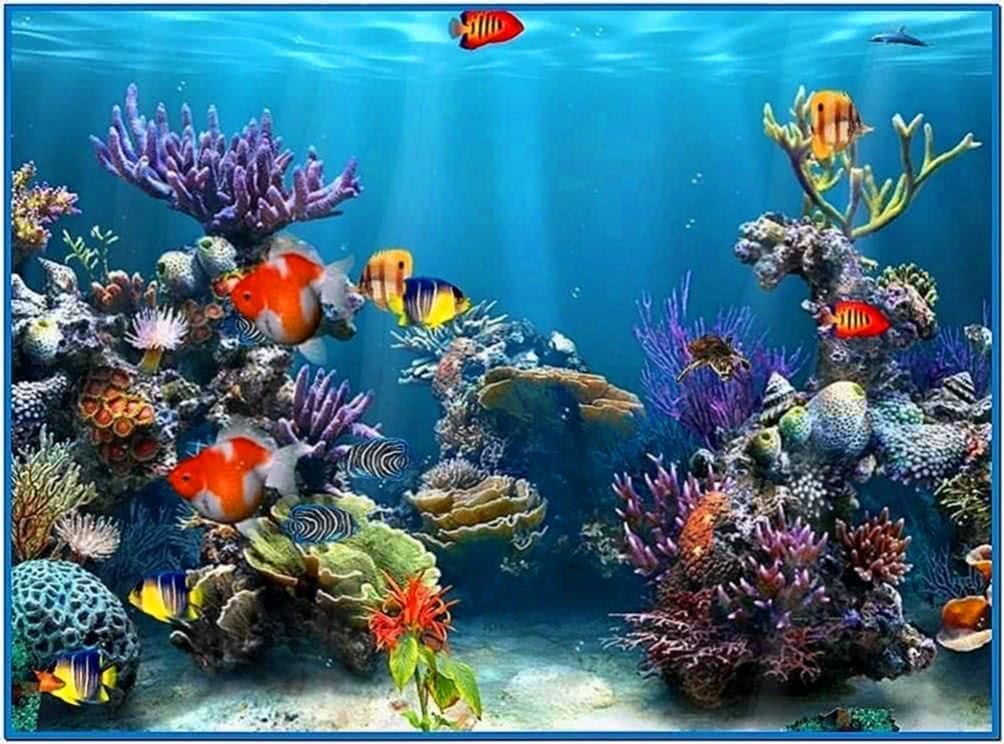

In the next window, you get to choose a theme. Selecting not now, maybe later is luckily a perfectly viable option, so let’s go for that (no need to leave any more personal information with a tech giant than strictly necessary, right?). When you start Visual Studio 2019 for the first time you are greeted with this window: Visual Studio installation splash screen to sign in or not to sign in – that is the question… Visual Studio 2019 Community Edition (Professional and Enterprise also welcome but not required at all), installed with default settings.Windows 10 (64-bit, which is standard these days).For reference: an NVIDIA 940M is fine this is a 2015 GPU. Pretty much any CPU will do, but for the 3D engine, your GPU needs at least 2GB of RAM. Despite being free, it has everything you need, which is really nice. A free version (the Community Edition) of this software is available from Microsoft, via. The preferred development environment is Microsoft’s Visual Studio 2019. Getting the Stuff You Needįor the purpose of these tutorials, I will assume you develop your games on PCs. The 3D version uses a voxel engine developed by Jacco Bikker: more on that in the second article. It was updated for Visual Studio 2019 by Robbie Grigg and Phil de Groot and published on 3DGEP by Jeremiah van Oosten.

This tutorial was written by Jacco Bikker, Brian Beuken, Nils Deslé, Dino Dini, Carlos Bott and Robby Grigg. Even more recently it was converted from 2D to 3D. It was recently updated for the students of the Utrecht University as well see. This course was originally created for the Games program at the Breda University of Applied Sciences (known as IGAD at the previously named NHTV) see. You’ll know how to build a game like this at the end of the course! About the Authors That means that you have an extra workload of 4-8 hours, and rapid progress towards the goal: getting yourself acquainted with C++ and game programming. Aim to complete a minimum of two tutorials per week. If you take the interactive tour, each tutorial is supposed to take you between two and four hours. Most of them have things to try out, and at the end of each article you will find a brief ‘assignment’. Of course, we hope you don’t just read these articles. We start at the absolute basics: all that you need to get started is a decent laptop or PC, a fair bit of time, and a bit of dedication.įrom the absolute basics (i.e., this first article) we will rapidly move to 3D graphics (in the second article!), without making things too complex – but you’ll have to trust us on that. Welcome to the first article in the 3D Game Programming in C++ tutorial series! These tutorials are designed to take you from zero to a decent entry level in a somewhat smooth fashion. This tutorial is under construction and intended for proofreaders only for now.


 0 kommentar(er)
0 kommentar(er)
